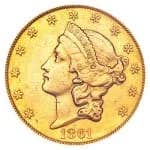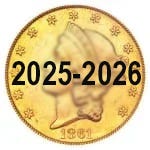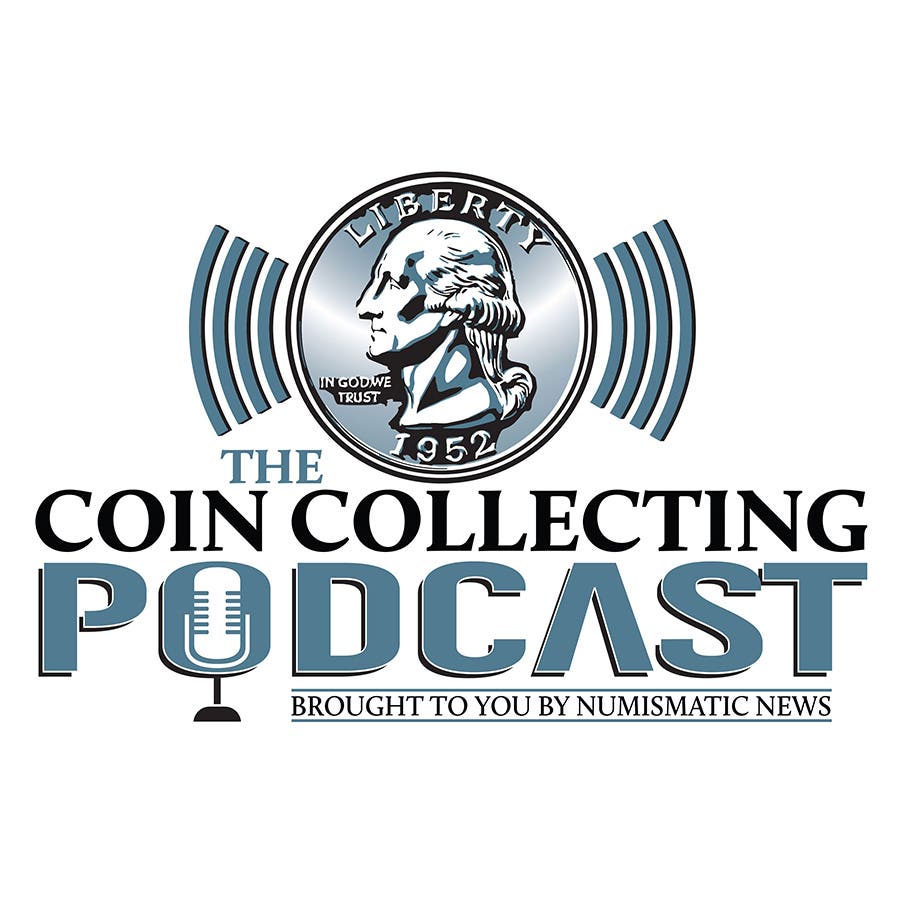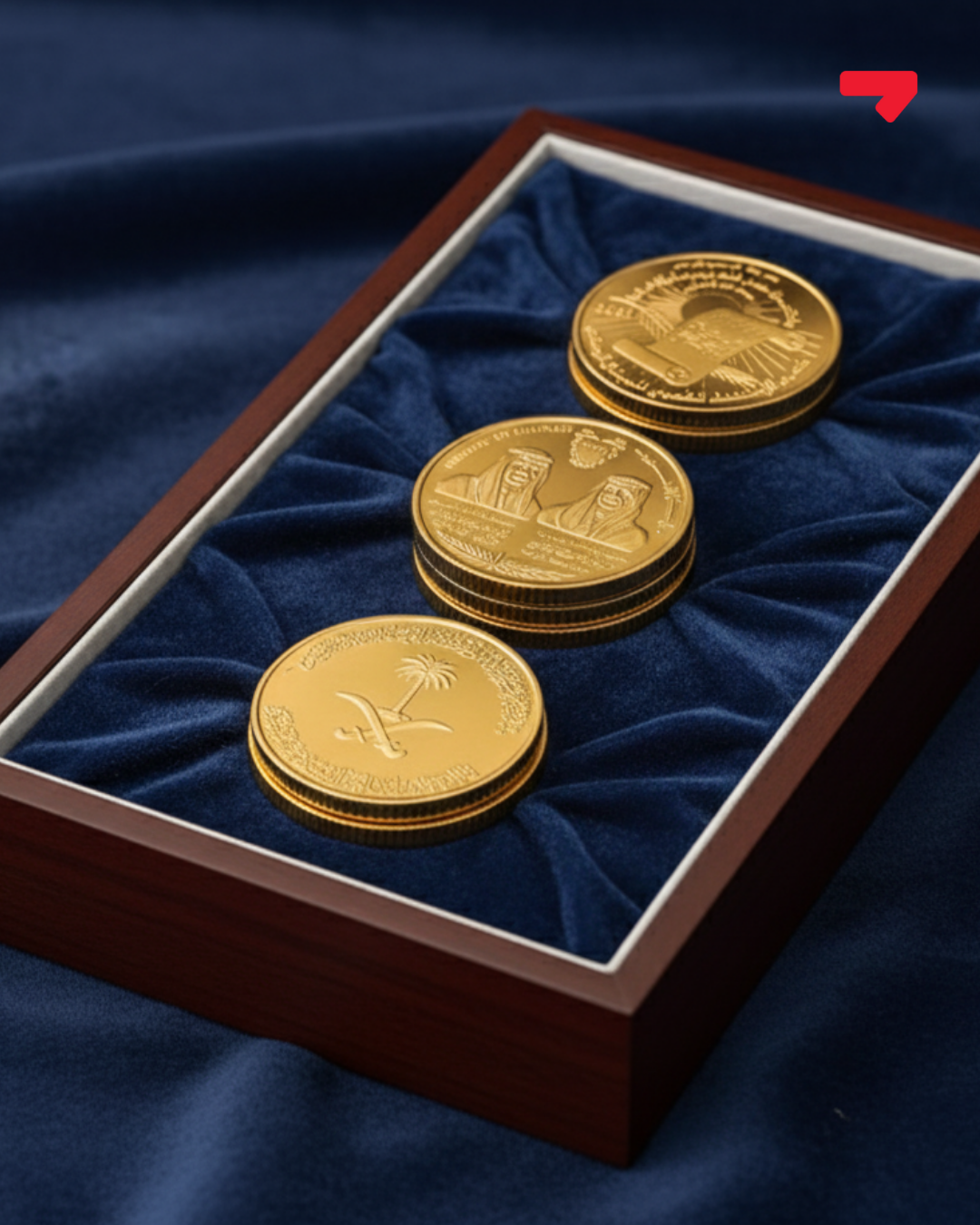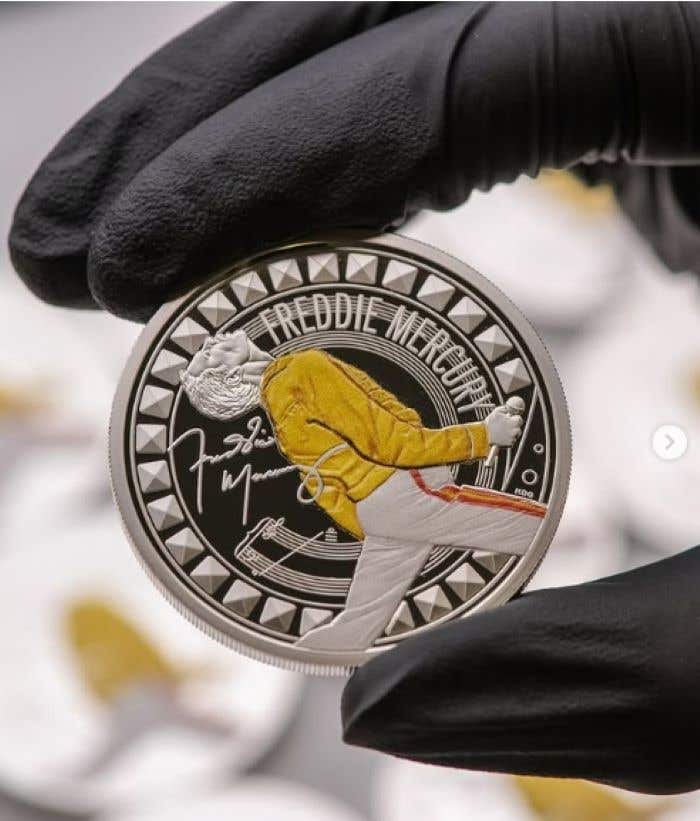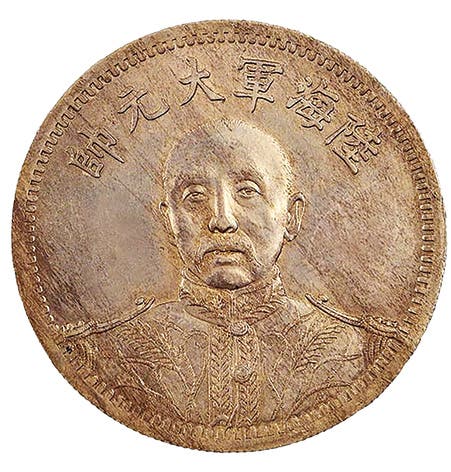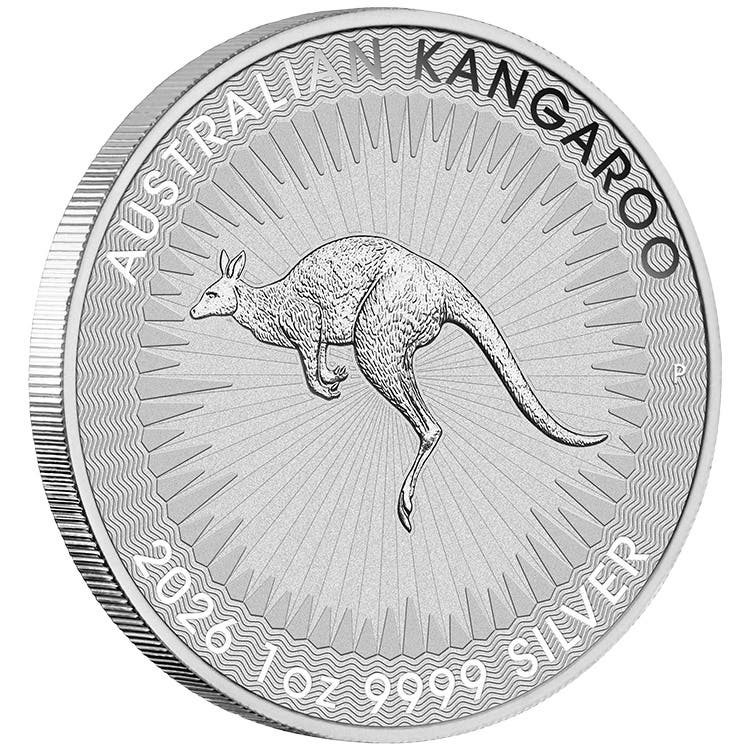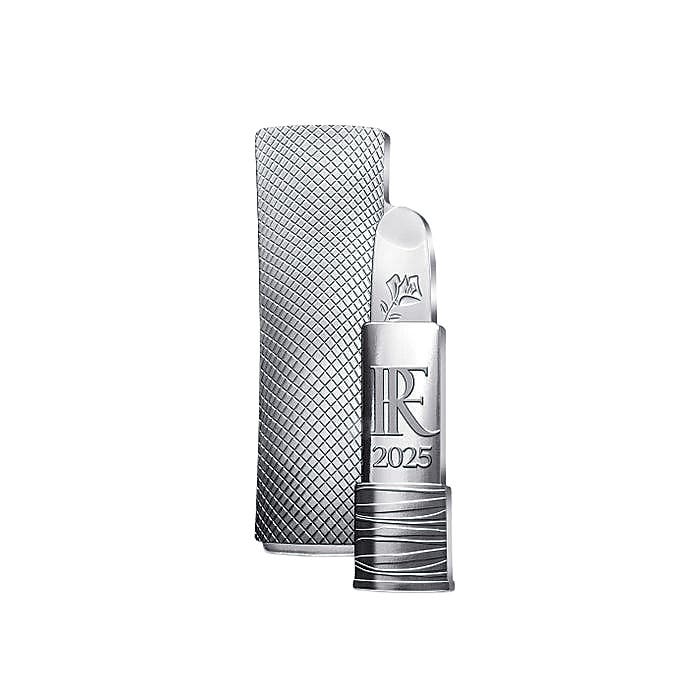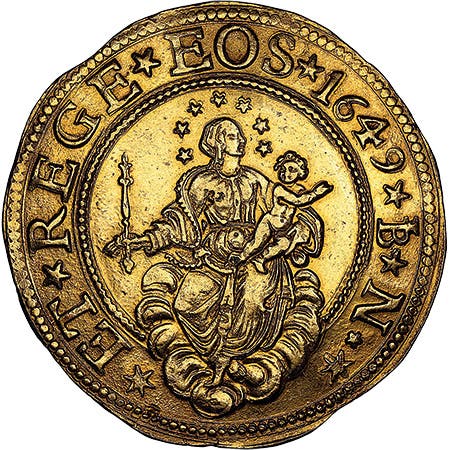World Coin Clinic: Death and Coins
From ancient Greece to modern burials, coins have long traveled with the dead—carrying meaning, mystery, and even clues for the living.
I heard on the news that some coins were buried with Pope Francis upon his passing. What would be the purpose of this?
In this case, the reason for burying coins with the Pope’s remains would be to assist in identifying the body at a much later date should other identification become lost or deteriorate. I’m not certain if this is a custom or a one-time action.
Are there other burial traditions that include coins as well?
The Greeks placed a coin in the mouth of the deceased to pay Charon, the Ferryman, for the journey over the River Styx into the underworld. Coins have been placed over the eyes of the deceased for the purpose of keeping the eyes closed in response to rigor mortis. The custom has also been practiced due to the superstition that the dead person might be looking for someone to take with them.
What can you tell me about coins being placed over the eyes of the person appearing on the Shroud of Turin?
The Shroud of Turin has been the source of much controversy. Among associated controversies is the question of whether the image shows a coin placed over each of the eyes of the person whose image appears on the shroud.
Antonio Lombatti makes a compelling argument that there are no coins in his article, “Doubts Concerning the Coins Over the Eyes,” published in the British Society for the Turin Shroud newsletter (No. 45) in 1997. Lombatti explains the legends on the alleged coins are claimed to read “TIBEPIOY KAICAPOC.” The “C” in Latin should be a “K” on coins, attributed to the Emperor Tiberius.
As a rebuttal to this article, I will note that a Hendin 1233 shows a “C” three times in the legend on a contemporary, although different, Judaic coin naming the emperor.
Aren’t coins also involved in East Asian traditions?
In the East Asian tradition, money is to be burned as an offering to ancestors. Hell Bank notes are not negotiable but are made of very flammable paper for this purpose. Hell white paper wrapped “coins” have also been used for the same occasion.
In more modern times, frugal individuals seeking to make a monetary offering to their ancestors have been known to give an expired credit card or a check to the dead.
What can buried coins tell an archaeologist about the people who lived at that site?
Archaeology and numismatics can go hand in hand. Coins can help date a dig site and assist in identifying the government in control, local or national borders, trade routes, technological and artistic capabilities, contemporary economic activity, religion, military activity, and more.
You may also like:

